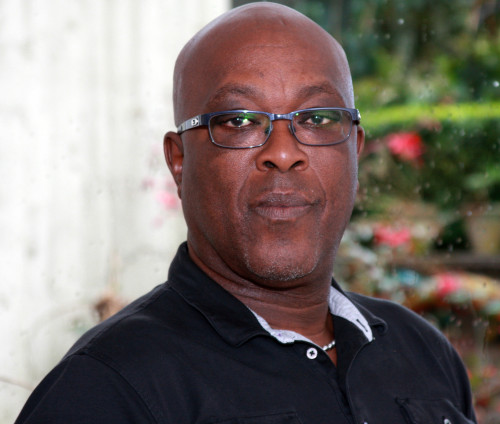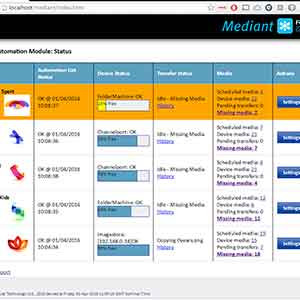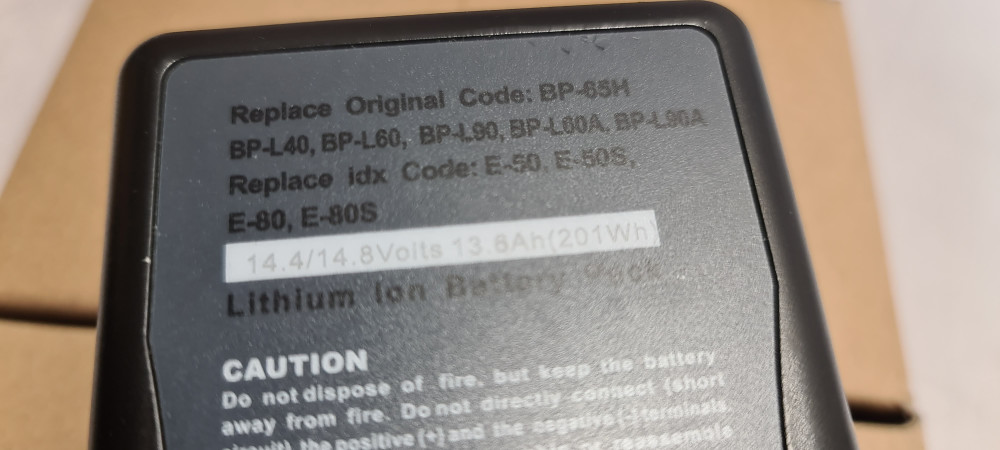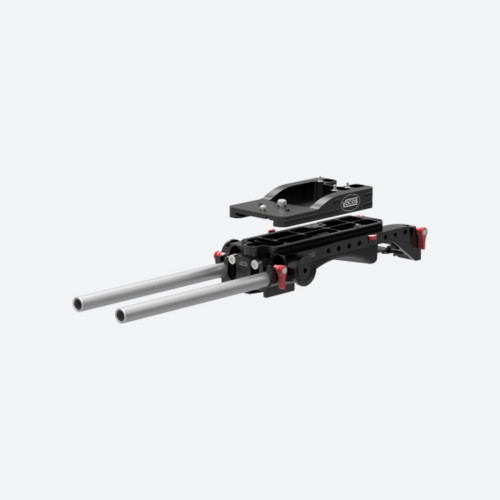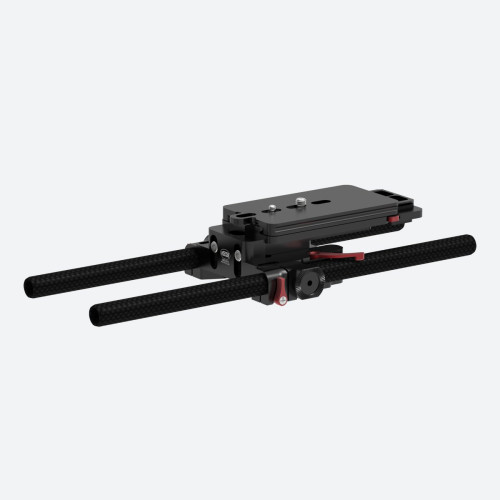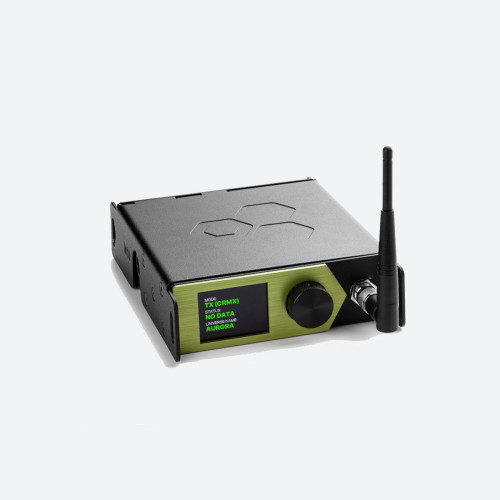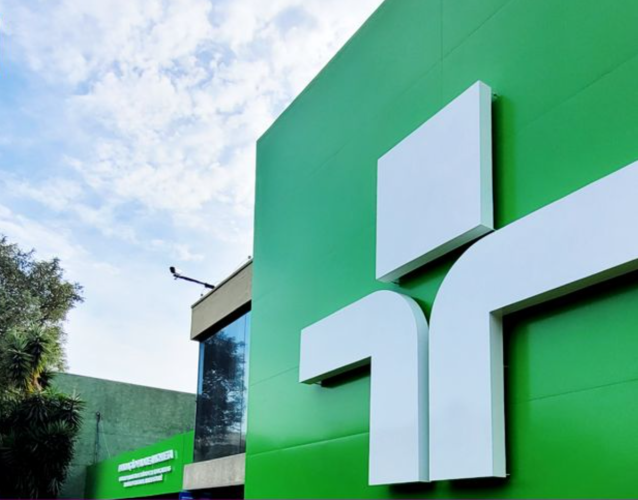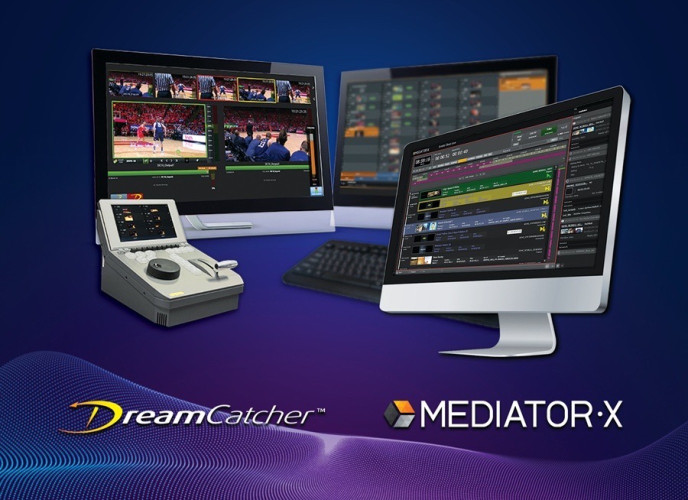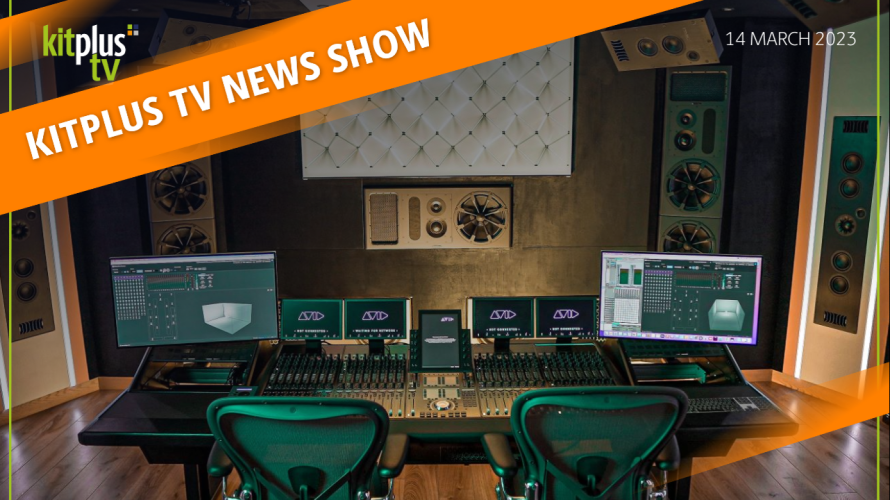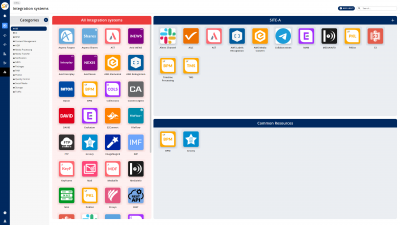After decades of operating within the same fundamental model, the walls around our world - what was the broadcast world, or "vertical", in marketing terms - are crumbling. NAB 2016 clearly showed this and IBC 2016 took it one step further: momentum is strengthening as we push towards an IP future. The TVB2020 conference earlier this year also reflected this. Chris Exelby, Chairman of the UK Regional Council of the IABM, wrote an excellent piece in a recent newsletter, highlighting the "perfect storm", as he terms it, of "financial, technical and structural\" changes. He added, "The move to IP heralds a fundamental change in the infrastructure and opens the doors to new suppliers from the IT sector.\" And that is really the nub of the issue.
It\'s important at this point that we distinguish between content production/playout and distribution. As we all know, in markets around the world - though at massively varying speeds and penetration - viewers can now increasingly select how they want to watch what they want to watch courtesy of internet-delivered content. This has led to a very fractured market where maintaining or growing an audience is a massive challenge for broadcasters; for viewers finding the right services and therefore content is challenging and potentially expensive. We\'re dealing with hybrid world for sure, but the shift continues.
NAB and IBC both clearly showed that what has been a drip-drip effect is now, while not a torrent, the start of a paradigm shift on the content production and playout sides. As has been noted by many others, SDI isn\'t dead but if you aren\'t now truly preparing for this IP-based future across relevant products then ignorance won\'t be bliss.
We\'re moving into a hybrid world of threat and opportunity. As Exelby highlighted, there are some areas where physical product dominates that are threatened. The technical boss of a TV station is now looking at a combination of technologies, rather than filling up racks with hardware, based on what kind of channels they are playing out. Now you can rent hardware in the cloud and remove that cost from your CAPEX, though each business case has its nuances.
Let\'s look more specifically at the area in which we work: control and monitoring of third-party technologies using PC-based software. Our technology works in on-air environments, providing both manual and, more recently, automated control and media management via user-defined soft panels.
When it comes to virtualised playout technologies, the same issues surround control as in the physical world: operators have to be able to press a button on a screen and know that it will do precisely what they want, immediately. Users still need to make things happen in a time-critical universe. At this point, software designers are having to focus on getting the main functionality of their product correct, not on wider issues like control.
Looking at media management, the same issue appears whatever the protocol: ensuring that very precise media for secondary events is where it should be, when it should be. Our experience shows that there\'s a gap between what an overarching MAM system takes care of and what automation/scheduling does. For either to handle secondary events - now and next, for example - across multiple channels generally requires bespoke work that costs or simply isn\'t possible. From our perspective, it doesn\'t matter whether we\'re talking to a SDI branding device or an IP playout encoder with that capability. It doesn\'t matter whether it\'s virtual or physical.
We now here the word "orchestration\" used when asking how do you automate? What do you automate? How do you manually intervene? How do you control all of this? This is in reference to this new hybrid SDI/IP world. The answer is more of the same based on our ongoing work with encoding companies.
Of course this transition won\'t happen overnight. What we\'re seeing is broadcasters and playout providers trying this technology in a limited ways, working through the bugs with vendors and seeing what really works for them. This will take time but the process is accelerating at a rate faster than anyone anticipated. There will still be the requirement to be able to control this technology in the same way that there\'s a requirement to control traditional broadcast kit: operators need to have one screen to control it all. As software designers, we have to be able to abstract the operator interface and be able to replace the hardware or software it\'s controlling underneath without operators really knowing.
We visited a broadcaster recently who was operating a thematic sports channel using a Mac, a Blackmagic card and ultimately Harmonic\'s Spectrum¢ ChannelPort¢ CiaB technology. This included manual control functionality via Harmonic\'s Polaris Live, which is integrated with Rascular\'s Helm. The interface the broadcaster was using before Polaris Live was from an IT company: it wasn\'t a broadcast interface as it wasn\'t a broadcast company. The software was littered with dropdown menus and dialogue boxes. This is no good for an operator whatever way you are playing out. Control has to be immediate.
As broadcast manufacturers, we need to stake a claim on this new world, broadening our reach and capabilities while still using our key skills. By embracing IP, our world will now continue to be opened up to companies from other IT-based sectors. At the same time, there may well be other sectors where professional video technologies will be able to play more easily: there\'s threat and opportunity all around. Television is dead: long live television.



